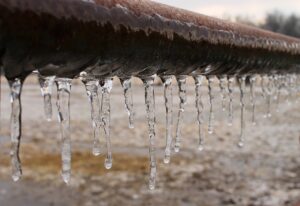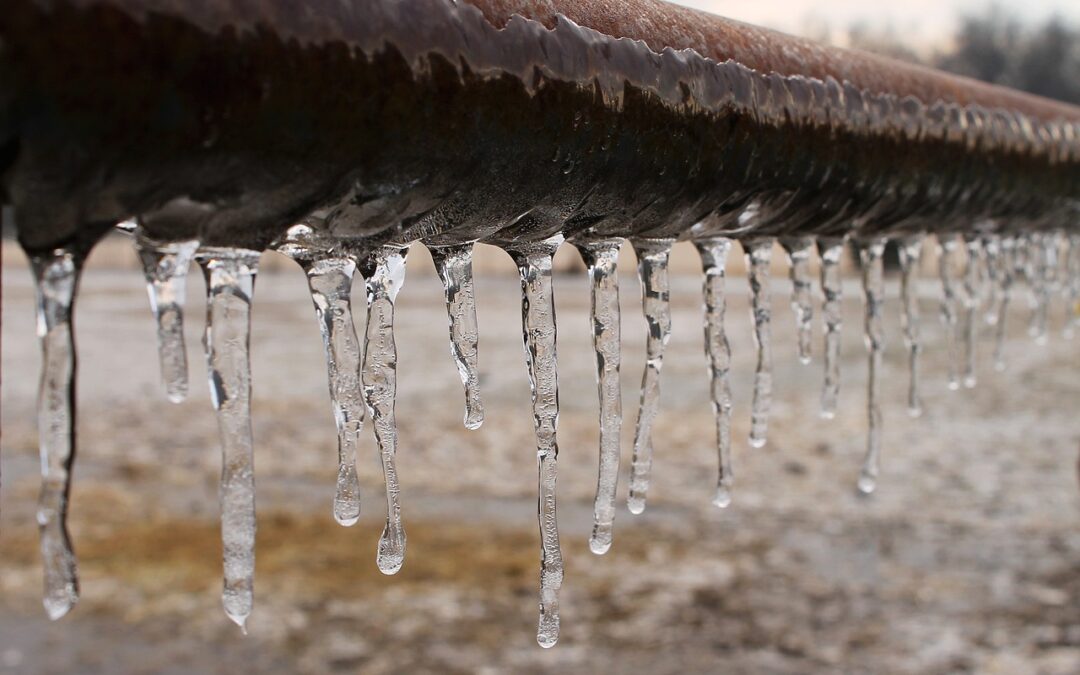As the vibrant colors of fall foliage give way to the bare whispers of winter, homeowners need to turn their attention to an often overlooked yet crucial task: winterizing the home sprinkler system. Failure to properly winterize your sprinkler system can lead to water freezing within the system, causing damage to pipes, fittings, valves, and sprinklers.
In extreme cases, a neglected system might require extensive repairs come spring. Understanding the importance of this task is essential for maintaining an operational irrigation system and ensuring the longevity of your landscaping investment. Failure to properly winterize your system can lead to significant problems next spring.
Understanding the Risks

Winterizing Your home Sprinkler System
When water turns into ice, it expands by approximately 9%. This expansion exerts tremendous pressure on pipes, causing them to crack or burst. Even systems with ‘frost-free’ components are not entirely safe, as the term ‘frost-free’ often applies under normal winter conditions and might not account for unexpectedly harsh temperatures. A proper winterization process minimizes risks by ensuring no water remains in the system through the colder months. It will cost a lot if pipes burst, so do not delay, as the nights are starting to go below the freezing point.
Methods of Winterization
There are three primary methods to winterize your home sprinkler system: manual drain, automatic drain, and the blowout method. The complexity of your system, regional climate considerations, and personal expertise will determine the most appropriate method.
1. Manual Drain Method:
This method is often suitable for systems with manual valves at the end and low points of the irrigation piping. To employ this technique:
-
- Shut off the water supply to the irrigation system.
- Open all the manual drain valves.
- Once the water has drained completely, close the valves.
- Do not forget to drain the water between the shut-off valve, backflow device, and any above-ground piping.
2. Automatic Drain Method:
This method should be relatively straightforward if your system was installed with automatic drain valves. These valves automatically open and drain water if the pressure in the pipe drops below a certain level.
-
- Shut off the water supply.
- Activate a station to relieve the system pressure and allow the automatic drains to empty the water.
- After draining, some water may remain. Manual drain any remaining water from the backflow device and above-ground piping.
3. Blowout Method:
This method uses an air compressor to blow out any remaining water in the system and is generally considered the most effective technique, especially for systems in regions experiencing severe winter conditions. Due to the potential risks involved, including the possibility of flying debris and the risk of damaging your system with too much air pressure, a professional best performs this method.
-
- Shut off the irrigation water supply.
- Attach the air compressor to the system, using the proper connectors.
- Blow out the water from the pipes by activating the compressor, working through one zone of the system at a time.
- Watch the sprinkler heads; once they have blown out water and begun to spray a mist, switch off the air supply to that zone.
- Repeat the process for each zone until all have been cleared of water.
No one should complete these without proper experience. Doing one of the above points incorrectly can lead to a system-wide freeze that breaks hinges and piping elbows. Be sure you’re contacting your local sprinkler system expert to conduct this sort of thing.
Additional Steps and Precautions
- Insulate: Any above-ground piping, backflow preventers, and valve mechanisms should be insulated against freezing temperatures. Use foam pipe insulation or insulation tape for the pipes and insulated pouches for backflow prevention devices.
- Check and Repair: Winterizing is an opportune time to check for any signs of wear or damage in your system. Look for leaks, broken sprinkler heads, and other signs of damage. Making necessary repairs before winter helps avoid a rush in spring when landscaping services are in high demand.
- Professional Services: If you’re unsure about winterizing your sprinkler system yourself, consider hiring a professional service. Experienced professionals can efficiently winterize your system and troubleshoot potential issues.
Finding the Right Local Sprinkler Team
By effectively winterizing Rockland NY home sprinkler system, you safeguard it against the perils of winter and ensure it’s ready for use when spring’s warmth reawakens your landscape. A little effort in autumn can prevent costly repairs and replacements, saving money in the long run and keeping your garden lush and vibrant throughout the year.

